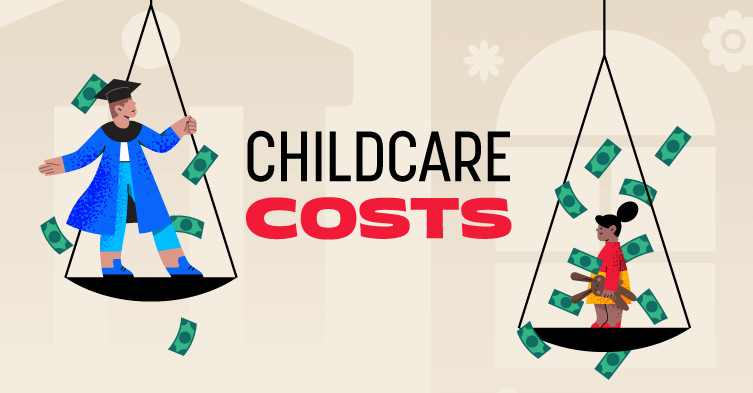
A college degree not only increases your chances of being employed, it significantly boosts your weekly take-home pay.
In 2012, someone with a high school diploma earned an average of $652 per week, while someone with a bachelor’s degree earned 1.6 times more, at an average of $1,066 per week. A degree makes an even bigger difference for families: in 2011, the median income for families headed by a four-year college graduate was more than twice the median income for families headed by a high school graduate.
Degrees also make a difference later on in life, but they don’t come cheap. Just how much does a college degree cost these days? Let’s take a closer look.
While most people commonly look at published prices, a figure that includes tuition and fees, these published figures do not accurately reflect what students actually pay. What really matters to individual students is net price, which is your cost of attendance (tuition, fees and housing) minus any grants and scholarships you receive.
According to “Trends in College Pricing”, a 2012 study from the College Board, over the past five years, while the average published price has increased by 27%, the average net price has only increased by 18%. Here’s a closer look at the data, broken down by public versus private institutions:
- Public. In 2012-2013, the average published price for four-year public institutions was $8,664, but full-time students received an average of $5,750 in grant aid and tax benefits, meaning that they paid an average net price of $2,900.
- Private. The average published price for four-year private institutions was $29,056, but full-time students received an average of $15,680 in grant aid and tax benefits, meaning that they paid an average net price of $13,380.
Accounting for Inflation
How does today’s data compare to the past when accounting for inflation? During the 1982-1983 school year, the average published price for private nonprofit four-year institution was $10,901 in 2012 dollars. Compare that with $29,056 today – that’s a 167% increase in constant dollars over the course of 30 years.
Tuition Costs by State
The choice of private versus public makes a huge difference in the price of college, but an institution’s geographic location also seems to make a sizeable difference in how much students pay. According to “Trends in College Pricing,” in 2012-2013 the highest published tuition and fee prices in public four-year institutions were in New Hampshire (average$14,576) and Vermont (average $6,752). The lowest were in Wyoming ($4,278) and Utah ($5,595).
How America Pays for College
While college may not be as expensive as the sticker price suggests, an extra $2,900 – $13,380 is still a large chunk of change, especially to those hit hard by the Great Recession. But economic slump or not, data shows that more students than ever are pursing post-secondary degrees in the U.S. So how are students making end meet? According to How America Pays for College in 2012 the average American family taps into a variety of sources to pay for college.
- 29% grants and scholarships
- 28% parent income & savings
- 18% student borrowing
- 12% student income & savings
- 9% parent borrowing
- 4% friends & relatives
For more information, check out our other blog posts about the impact of student loans today.





